Market Growth Projections
The Global Deicing Fluid Market Industry is projected to experience substantial growth in the coming years. With a compound annual growth rate (CAGR) of 5.64% anticipated from 2025 to 2035, the market is set to expand significantly. This growth is driven by various factors, including increasing air travel, regulatory compliance, and technological advancements. As the market evolves, stakeholders are likely to invest in research and development to create more efficient and environmentally friendly deicing solutions. The projected market value of 6.11 USD Billion by 2035 reflects the industry's potential and the growing importance of deicing fluids in aviation.
Increasing Air Travel Demand
The Global Deicing Fluid Market Industry is experiencing growth driven by the rising demand for air travel. As more passengers opt for air transportation, airlines are compelled to ensure safety and operational efficiency during winter months. Deicing fluids play a crucial role in maintaining aircraft performance by preventing ice accumulation on wings and control surfaces. In 2024, the market is projected to reach 3.34 USD Billion, reflecting the industry's response to heightened air travel. This trend is expected to continue, with the market potentially expanding as air travel becomes more accessible globally.
Expansion of Airport Infrastructure
The expansion of airport infrastructure worldwide is a pivotal driver for the Global Deicing Fluid Market Industry. As new airports are constructed and existing ones are upgraded, the demand for deicing fluids is expected to rise correspondingly. Enhanced airport facilities necessitate efficient deicing operations to ensure timely departures and arrivals during winter months. This trend is particularly evident in regions experiencing increased air traffic and harsh winter conditions. The anticipated growth in airport infrastructure is likely to contribute to the market's expansion, with projections indicating a market value of 6.11 USD Billion by 2035.
Regulatory Compliance and Safety Standards
Stringent regulations regarding aircraft safety and environmental standards are significantly influencing the Global Deicing Fluid Market Industry. Governments and aviation authorities mandate the use of effective deicing fluids to ensure safe operations during adverse weather conditions. Compliance with these regulations not only enhances safety but also promotes the adoption of eco-friendly deicing solutions. As the industry evolves, manufacturers are likely to innovate and develop products that meet these regulatory requirements, thus contributing to market growth. The emphasis on safety and compliance is expected to drive demand for deicing fluids in the coming years.
Climate Change and Extreme Weather Patterns
The impact of climate change is increasingly evident, leading to more frequent and severe winter weather conditions. This phenomenon is influencing the Global Deicing Fluid Market Industry as airlines and airports adapt to unpredictable weather patterns. The need for effective deicing solutions becomes paramount to maintain safety and operational efficiency. As extreme weather events become more common, the demand for deicing fluids is expected to rise, prompting manufacturers to innovate and enhance their product offerings. This trend underscores the importance of deicing fluids in ensuring safe air travel during challenging weather conditions.
Technological Advancements in Deicing Solutions
Innovations in deicing technologies are reshaping the Global Deicing Fluid Market Industry. The development of advanced deicing fluids that offer improved performance and reduced environmental impact is becoming increasingly prevalent. For instance, bio-based deicing fluids are gaining traction due to their lower toxicity and biodegradability. These advancements not only enhance the efficiency of deicing processes but also align with global sustainability goals. As the market evolves, the introduction of new formulations and technologies is likely to attract investment and drive growth, positioning the industry for a robust future.


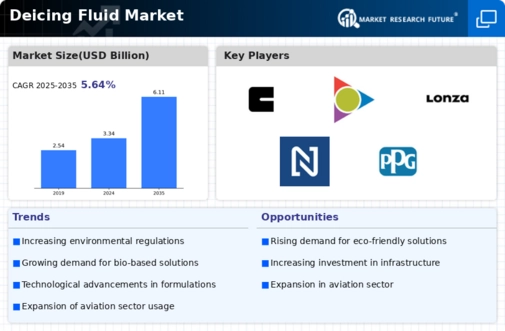

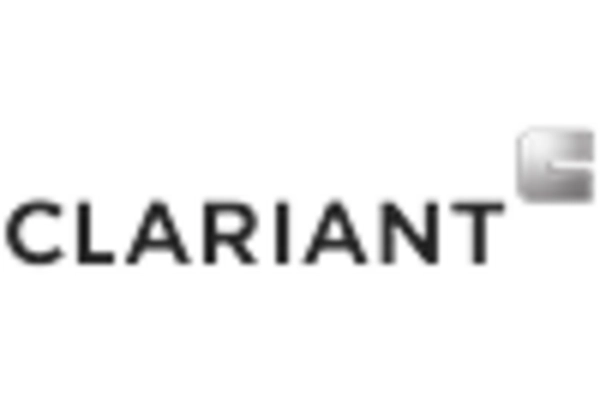
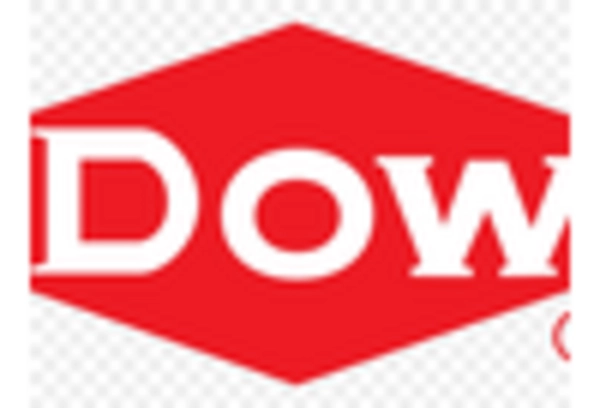
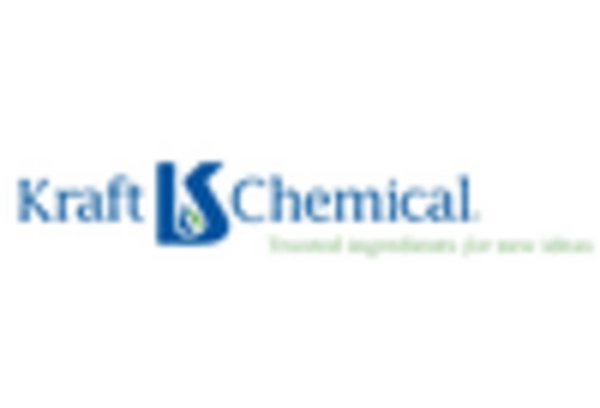
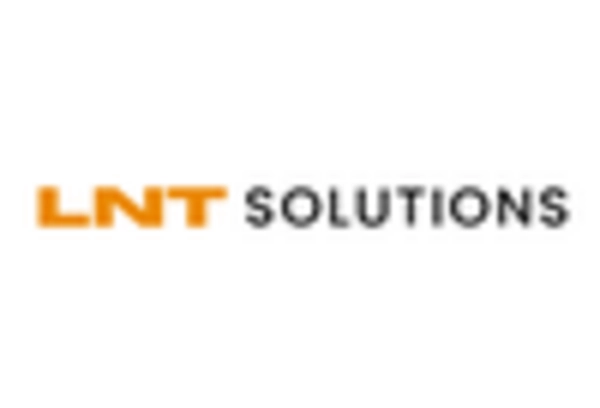
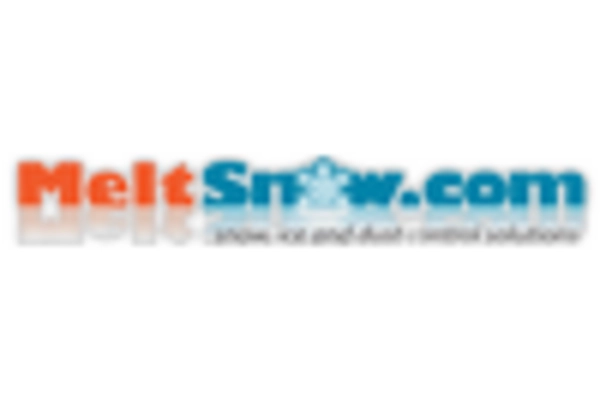








Leave a Comment